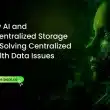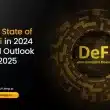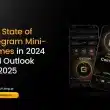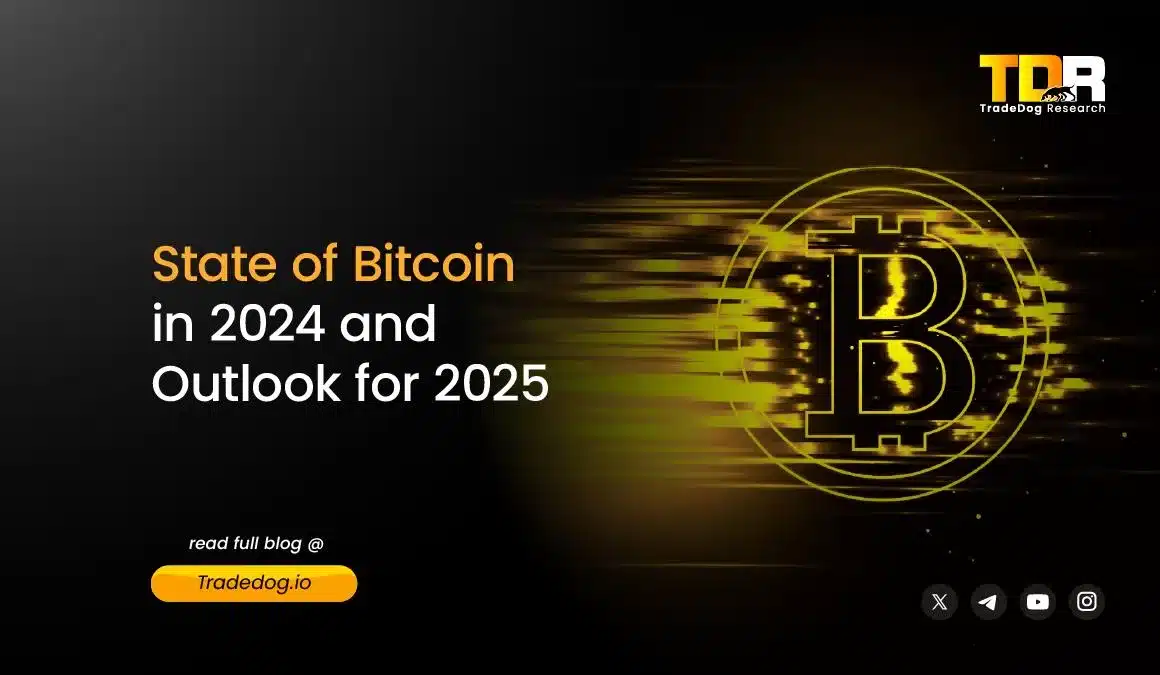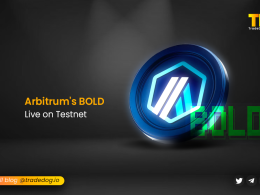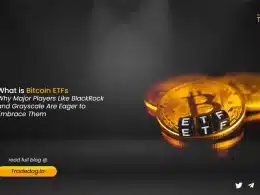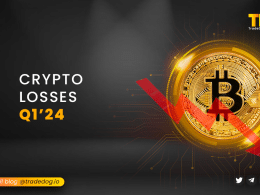Quick Links
Michael Saylor once said “Once you understand money, you understand Bitcoin is engineered money and it’s engineered without defects.” and we all saw the power of the GOAT of the crypto realm ~ Bitcoin in 2024 as it reached a new ATH ~ 108.2K and its Mcap surged past ~ $2.14 Tn. This major uptrend was primarily driven by the launch of Bitcoin ETFs at the start of this year along with increase in institutional participation, for instance, MicroStrategy expanded its BTC holdings from 190K to 444K.
For more such detailed insights, read our in-depth “Crypto Outlook 2025” report.
Market Capitalization
Bitcoin’s MCap climbed from ~ $828.14 Bn to over ~ $2 Tn as it reached a new ATH. The launch of ETFs in Jan’ 24, Bitcoin halving in Apr’ 24, central bank rate cuts in Sep’ 24 and Trump’s victory in the US elections were the key catalysts which led to this bullish trend in 2024.
Hashrate & Difficulty
On the network side, the hashrate ramped up from ~ 529 EH/s to ~ 735.1 EH/s which indicates an increasing interest of miners. This naturally led to an increase in the mining difficulty, from ~ 72 Tn to ~ 102 Tn, as more miners started competing for block rewards.
Miner’s Revenue
The peak monthly revenue earned by miners was ~ $1.97 Bn in the month of March. Post April, there was a significant decline in the revenue because of halving, as mining rewards got halved from 6.25 BTC to 3.125 BTC.
The Rise of L2s on BTC
Since its inception, Bitcoin’s future has been closely tied to the idea of scaling through layers. In 2023, the emergence of Ordinals revived tokenization on Bitcoin’s base layer and reignited interest in building Bitcoin-based applications.
This renewed focus, combined with advancements in Rollup technology from Ethereum’s development community, has driven the creation of Bitcoin Layer 2s, primarily leveraging Rollups.
A main USP of these L2s has been that they have enabled BTC to be used in DeFi applications without leaving the BTC ecosystem, reducing bridging friction, providing more secure alternatives to existing solutions and allowing BTC to function as both the native gas asset and the core of DeFi development.
The rise of L2 solutions on Bitcoin has helped in skyrocketing the TVL from ~ $309.7 Mn to ~ $6.8 Bn (as of Dec’ 24). Babylon has emerged as a leader in this space as it has locked over ~ 57K BTC (~ $5.5 Bn), with ~ 106.4K unique depositors. It was followed by prominent Layer-2 solutions on the Bitcoin ecosystem like the Lightning Network (~ $506 Mn TVL), Stacks (~ $117 Mn TVL), and RIF (~ $241 Mn TVL) in terms of TVL.
Bitcoin ETFs
The SEC’s approval of spot Bitcoin ETFs on January 10, 2024, marked a major milestone in the world of crypto. By mirroring traditional investment structures, ETFs simplify access for retail and institutional investors, potentially expanding Bitcoin’s adoption.
AUM
The AUM of Bitcoin ETFs surged to ~ $113 Bn, holding ~ 1.11 Mn BTC, which is~ 5% of all BTC in existence. This has made them one of the most successful ETF launches, as the total holdings have even surpassed the holdings of Satoshi Nakamoto.
Blackrock’s IBIT emerged as the leader with ~ 551K BTC in AUM, followed by Grayscale’s GBTC with ~ 207K BTC in AUM and Fidelity’s FBTC with ~ 196K BTC in AUM.
Net Flows
Net inflows increased from Sep’ 24 onwards (~ $18 Bn) and acted as a catalyst for the bullish trend observed in the price action of Bitcoin. IBIT emerged as a leader in net inflows with ~ $37.1 Bn inflows since inception followed by FBTC with ~ $11.7 Bn inflows. On the other hand, GBTC saw ~ $21.3 Bn in outflows since its conversion from a trust structure.
Outlook for 2025
2025 could be the year where Bitcoin finally starts to get recognition by major governments around the world sparked by The Trump administration’s proposal for a Strategic Bitcoin Reserve (SBR).
Institutional giants are also expected to add $BTC into their portfolios, either through ETFs or direct investments. For example, BlackRock recently suggested investors allocate up to 2% of their portfolios to Bitcoin, highlighting its potential as a diversifying asset due to its historically low correlation with traditional asset classes.
Talking about Bitcoin L2s, they would need to attract users from existing tokenized BTC DeFi platforms. DeFi dApps on Bitcoin L2s must offer higher yields than Ethereum-based BTC DeFi dApps. A thriving DeFi ecosystem on Bitcoin L2s is crucial for long-term adoption, as evidenced by the leading Ethereum L2 apps (Arbitrum, Optimism, and Base), which focus on lending, DEX, and derivative platforms.
Why Check Out Our Full Report?
Our comprehensive report, “Crypto Outlook 2025”, provides an in-depth analysis of the evolving crypto landscape. It features deep insights into key verticals, & emerging narratives, along with expert opinion on different sectors.
Read the full report here: Link

